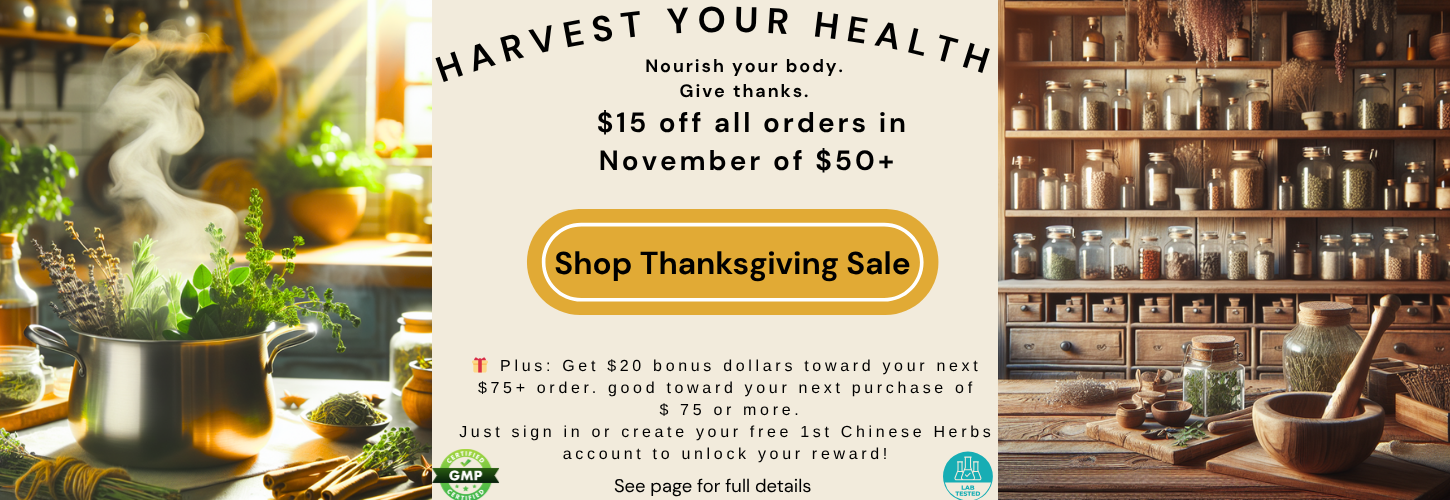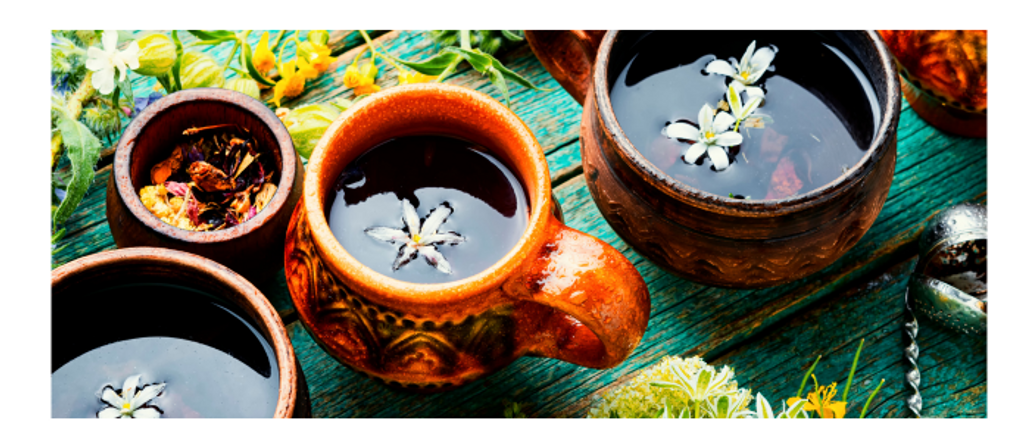The Awe Inspiring History Of Tea
Nov 15th 2023
A History In Teas
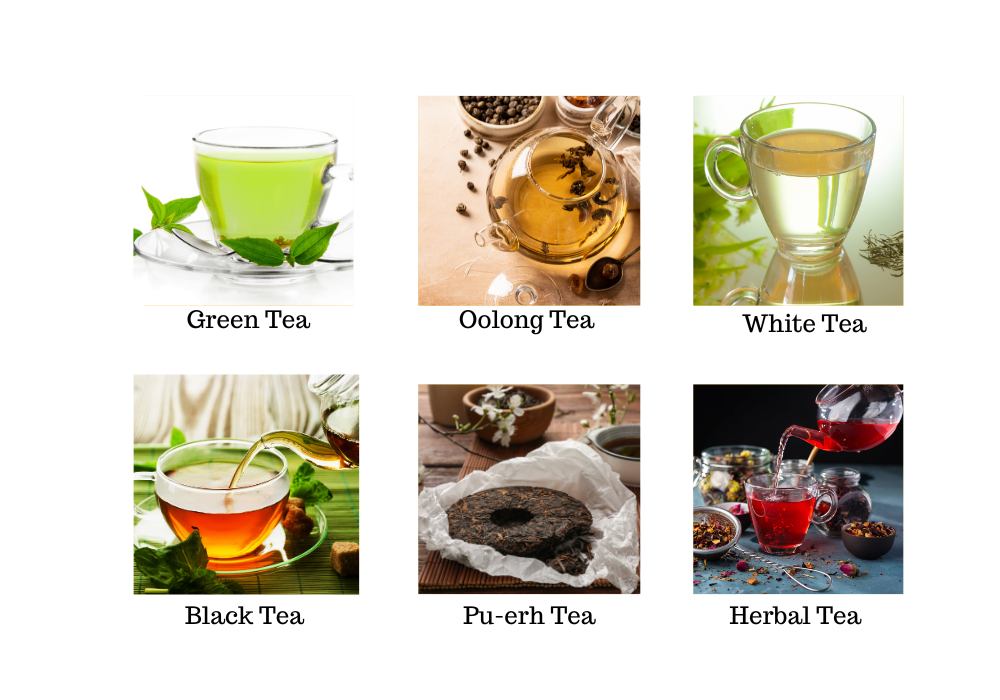
China has a rich history and tradition when it comes to tea. It is one of the oldest beverages in the world, with a history dating back thousands of years. Legend has it that tea was discovered by Emperor Shen Nong in 2737 BCE when tea leaves accidentally fell into his boiling water. Since then, tea has become deeply rooted in Chinese culture and has a significant role in traditional ceremonies and daily life. China is home to a wide variety of tea types, each with its own unique flavors, aromas, and characteristics.
How The Wide Variety Of Teas Are Grown Does Make A Difference
Green Tea
Harvesting:
The timing of the harvest is crucial for green tea. The leaves are typically plucked when they are young and tender, usually in the spring or early summer. This first harvest is often considered the best, yielding high-quality tea.
The plucking process is often done by hand to ensure delicate leaves and buds are collected.
Processing:
After harvesting, the leaves undergo minimal oxidation. This is a crucial step that distinguishes green tea from black tea, which undergoes a more extensive oxidation process.
The leaves are quickly heated, usually through methods like steaming (common in Japan) or pan-firing (common in China). This step halts the oxidation process, preserving the green color and fresh flavor of the leaves.
Next, the leaves are rolled, shaped, and dried to achieve the desired appearance and flavor.
Flavor: Fresh, grassy, vegetal, sometimes nutty or sweet.
Aroma: Grassy, seaweed-like, floral.
Characteristics: Generally lighter in color, green teas undergo minimal oxidation during processing, preserving their natural antioxidants.
Black Tea
Planting:
Black tea is grown in various regions with different climates, including India, Sri Lanka, Kenya, China, and others. The choice of region influences the flavor profile of the tea.
The Camellia sinensis plants are propagated from seeds or cuttings and planted in rows with sufficient spacing to allow air circulation and sunlight exposure.
Growing Conditions:
Black tea plants require well-drained soil with a pH range of 4.5 to 5.5. The soil should be rich in organic matter.
Adequate rainfall is crucial for the growth of black tea plants, and they are often cultivated at lower elevations than some other types of tea. However, specific growing conditions can vary by region.
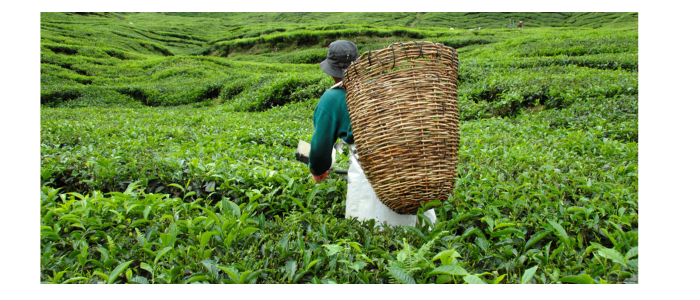
Harvesting:
The timing of the harvest is critical for black tea. The leaves are typically plucked when they are fully mature. Unlike green tea, which is made from young and tender leaves, black tea is often produced from the larger, more mature leaves.
Hand harvesting or machine harvesting methods may be used, depending on the region and the specific tea estate.
Withering:
After harvesting, the leaves undergo a process called withering. This involves spreading the leaves in a thin layer and allowing them to lose moisture. Withering makes the leaves pliable and prepares them for rolling.
Rolling:
The withered leaves are rolled to release enzymes and initiate oxidation. Rolling can be done by hand or mechanically, and it helps break down the cell walls, promoting the oxidation process.
Oxidation:
Unlike green tea, which is minimally oxidized, black tea undergoes full oxidation. This is a crucial step that gives black tea its characteristic dark color, robust flavor, and malty notes.
The oxidized leaves are sometimes left to rest, allowing the flavors to develop further.
Firing or Drying:
After oxidation, the leaves are fired or dried to halt the oxidation process. This step also removes any remaining moisture from the leaves.
Firing can be done using hot air, in ovens, or in large woks, depending on the traditional practices of the tea-producing region.
Black tea, with its bold and robust flavor, is popular worldwide and comes in various varieties such as Assam, Darjeeling, Earl Grey, Ceylon, and Keemun, each with its unique characteristics influenced by the region and processing methods.
Flavor: Bold, robust, malty, sometimes with notes of caramel or chocolate.
Aroma: Sweet, fruity, sometimes smoky.
Characteristics: Black teas are fully oxidized, resulting in a darker color and a strong, hearty flavor. Varieties like Darjeeling and Keemun have distinct profiles.
Oolong Tea
Growing Conditions:
Oolong tea plants thrive in well-drained soil with a pH range of 4.5 to 5.5. The soil should be rich in organic matter.
The plants require a balance of sunlight and shade, and the ideal growing conditions may vary depending on the specific type of oolong tea being produced.
Harvesting:
The timing of the harvest is crucial for oolong tea. The leaves are typically plucked when they are more mature than those used for green tea but not as mature as those used for black tea. This allows for a partial oxidation process.
Hand harvesting is common for oolong tea, as it allows for the selection of specific leaves and buds needed for the desired flavor profile.
Withering:
After harvesting, the leaves undergo withering, a process that allows them to lose some moisture and become more pliable. Withering can be done indoors or outdoors, and it prepares the leaves for the subsequent steps in processing.
Bruising or Oxidation:
Unlike black tea, where the leaves are fully oxidized, oolong tea undergoes partial oxidation. The leaves are bruised or shaken to induce oxidation, and the process is carefully monitored to achieve the desired level of oxidation.
This step is crucial in determining the flavor profile of oolong tea, which can range from light and floral to dark and toasty.
Firing or Roasting:
After the desired level of oxidation is reached, the leaves are fired or roasted to halt the oxidation process. This step also imparts additional flavors to the tea.
The firing or roasting can be done using various methods, including pan-firing, baking, or charcoal roasting, depending on the tradition and preference of the tea producer.
Rolling:
The oxidized and fired leaves may undergo rolling, shaping, or twisting to achieve the desired appearance and flavor. This step also helps bring out the unique characteristics of the oolong tea.
Oolong teas come in a wide range of flavors and aromas, and the specific characteristics can vary based on factors such as the region of cultivation, the oxidation level, and the processing techniques employed.
Flavor: Ranges from light and floral to dark and toasty, with a wide spectrum of flavors in between.
Aroma: Orchid-like, creamy, fruity, or roasted, depending on the type of oolong.
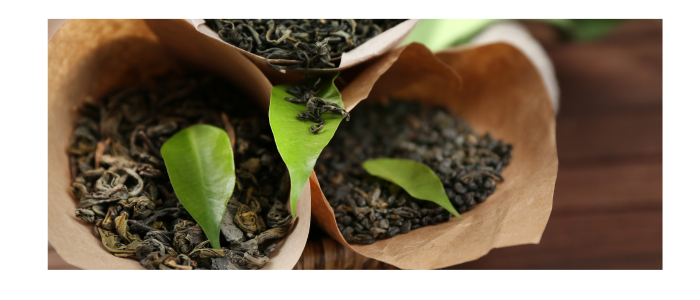
Characteristics: Oolong teas are partially oxidized, falling between green and black teas. The degree of oxidation can vary, leading to a diverse range of oolong flavors.
White Tea
Growing Conditions:
White tea plants thrive in well-drained, slightly acidic soil with a pH range of 6.0 to 7.0. The soil should be rich in organic matter.
Adequate rainfall and humidity are crucial for the proper growth of white tea plants. They are often cultivated at higher elevations to enhance the quality of the tea.
Harvesting:
The timing of the harvest is crucial for white tea. The leaves and buds are typically plucked in the early spring when they are still covered with fine white hairs. This gives the tea its distinctive appearance and name.
The plucking process is often done by hand to ensure the delicate buds and leaves are not damaged.
Withering:
After harvesting, the leaves and buds undergo withering. This is a natural drying process that allows them to lose some of their moisture.
The withering process can take place outdoors, where the leaves are spread out in the sun or in shaded areas, or indoors with controlled temperature and humidity.
Minimal Processing:
White tea undergoes minimal processing compared to other types of tea. The leaves are neither oxidized nor undergo significant rolling or shaping. This minimal processing helps retain the natural characteristics of the tea.
Drying:
After withering, the leaves are gently dried to remove any remaining moisture. This step is essential to prevent further oxidation and to preserve the fresh, delicate flavor of the tea.
White tea is known for its subtle and nuanced flavor profile, often described as floral, sweet, and light. There are different varieties of white tea, such as Bai Hao Yinzhen (Silver Needle) and Bai Mu Dan (White Peony), each with its unique characteristics influenced by factors like region, altitude, and processing techniques.
Flavor: Delicate, subtle, with hints of sweetness and sometimes floral notes.
Aroma: Fresh, light, floral.
Characteristics: White teas are minimally processed, often with young leaves and buds. They have a lighter color and a gentler flavor compared to green or black teas.
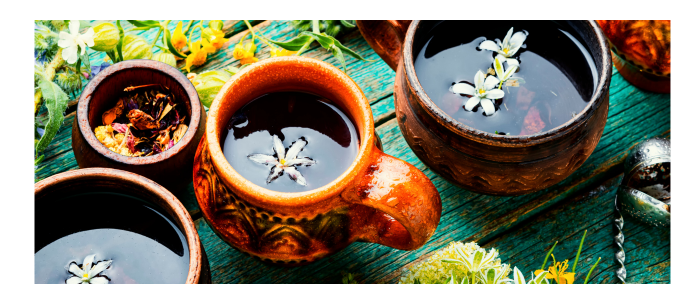
Pu-erh Tea
Pu-erh tea is a fermented and aged tea that comes from the leaves of the Camellia sinensis plant. The cultivation and processing of pu-erh involve unique steps that contribute to its distinct flavor and characteristics. Here is an overview of how pu-erh tea is typically grown:
Planting:
Pu-erh tea is primarily produced in the Yunnan province of China. The tea plants are grown at high altitudes in mountainous regions with a subtropical to temperate climate.
The choice of region, elevation, and specific terroir can significantly impact the flavor profile of pu-erh tea.
Varieties:
Pu-erh tea can be classified into two main types: raw (sheng) and ripe (shou).
Raw Pu-erh (Sheng): This type undergoes a natural aging process over time. The leaves are sun-dried and undergo minimal processing before being compressed into cakes or bricks.
Ripe Pu-erh (Shou): This type undergoes an accelerated fermentation process, resulting in a quicker aging. The leaves are subjected to additional microbial fermentation, giving the tea a milder taste and darker color.
Harvesting:
Pu-erh tea is typically made from older tea leaves, often from tea trees rather than bushes. The trees are allowed to grow more freely than in some other tea production methods.
Harvesting can occur several times a year, with a major harvest in the spring.
Withering:
After harvesting, the leaves undergo a short withering process. This step allows the leaves to lose some moisture and become more pliable.
Pan-Frying or Wok Drying:
The withered leaves are pan-fried or wok-dried to halt the oxidation process. This step is crucial for raw pu-erh. For ripe pu-erh, the leaves undergo a post-fermentation step before drying.
Rolling:
The leaves may be rolled or shaped to give the pu-erh tea its characteristic appearance. This step can vary in intensity depending on the specific processing style.
Fermentation (for Ripe Pu-erh):
Ripe pu-erh undergoes a post-fermentation process, also known as "cooking" or "wet piling." The leaves are stacked and kept in a warm and humid environment, allowing microbial fermentation to occur. This step gives ripe pu-erh its unique flavor and dark color.
Compression:
Both raw and ripe pu-erh teas are often compressed into various shapes, including cakes, bricks, nests, or tuo cha (bird's nest shape). Compression facilitates aging and storage.
Aging:
Pu-erh tea is known for its aging potential. Both raw and ripe pu-erh can be aged for several years, with the flavor evolving over time. Proper storage conditions, including humidity and temperature, play a crucial role in the aging process.
Pu-erh tea is prized for its complex flavors, earthy and woody notes, and the unique transformation it undergoes over time. The traditional methods of cultivation, harvesting, and processing contribute to the rich and distinctive character of pu-erh tea.
Flavor: Earthy, woody, sometimes with a hint of sweetness or a musty undertone.
Aroma: Earthy, like damp soil or a forest floor.
Characteristics: Pu-erh teas can be either raw (sheng) or ripe (shou). Raw pu-erh undergoes aging and fermentation over time, developing complex flavors. Ripe pu-erh undergoes an accelerated fermentation process for a milder taste.
Herbal Tea:
Flavor: Varied, depending on the herbs used. Can be floral, fruity, spicy, or earthy.
Aroma: Depends on the herbs, ranging from floral to spicy.
Characteristics: Herbal teas are often caffeine-free and can include a wide range of ingredients such as chamomile, mint, hibiscus, and more. They are popular for their potential health benefits and diverse flavor profiles.
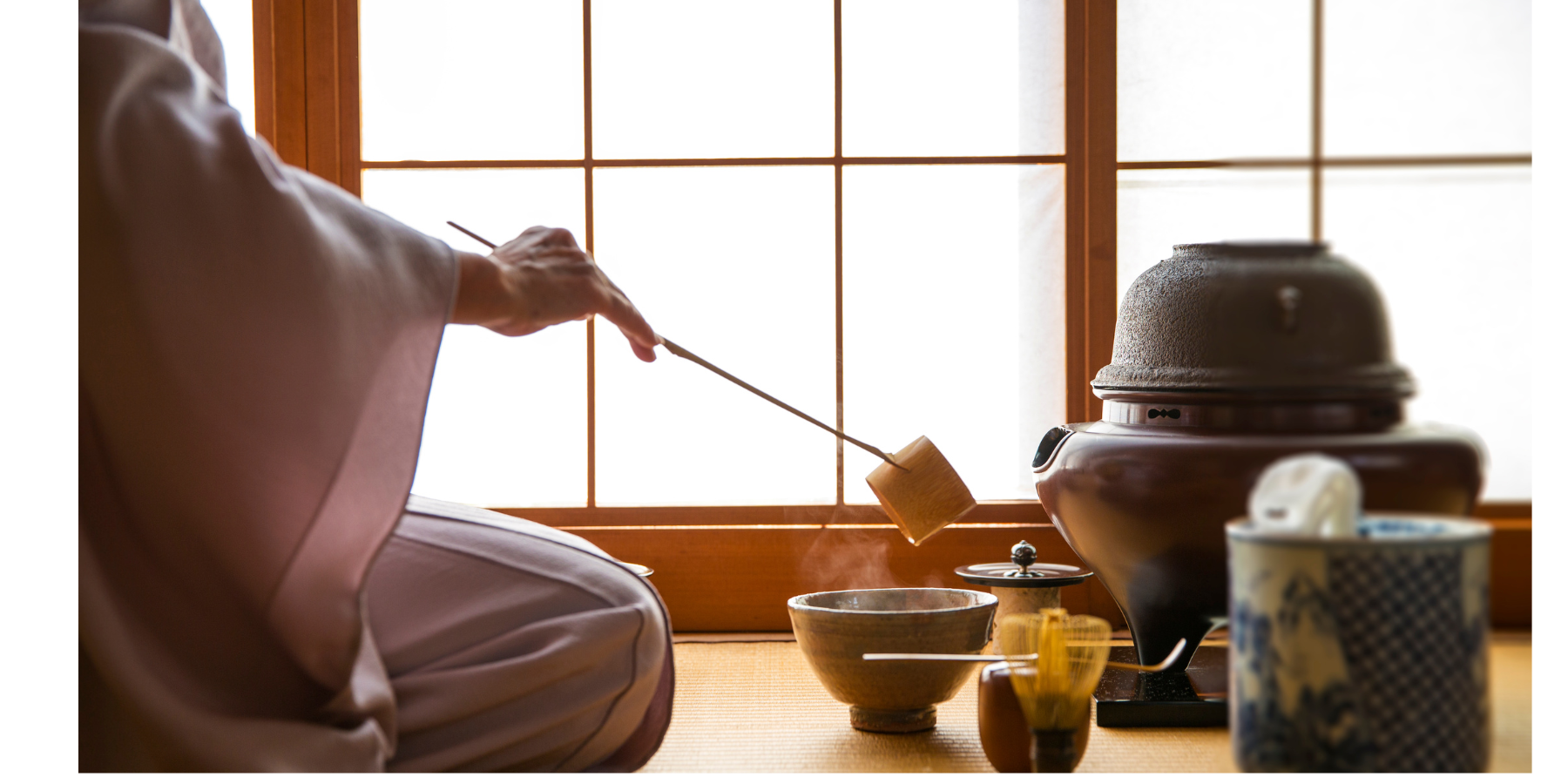
Some well-known Chinese teas include green tea, black tea, oolong tea, white tea, and pu-erh tea. The diverse range of teas in China reflects the country's vast geography and different growing conditions.
One of the most famous Chinese tea ceremonies is Gongfu Cha. This intricate and meditative ceremony involves the careful preparation and brewing of tea using small teapots and cups. Gongfu Cha emphasizes multiple short infusions, allowing tea drinkers to enjoy and appreciate the evolving flavors of the leaves. It requires skill, precision, and a deep understanding of the art of tea. Similar to wine, the flavor and quality of Chinese teas are influenced by the concept of terroir, which refers to the specific environmental conditions, soil, altitude, and climate of the region where the tea is grown
Different regions in China have their own unique terroir, which imparts distinct characteristics to the teas grown there. For example, the high mountains of Fujian province are known for producing exquisite oolong teas, while the Yunnan province is renowned for its pu-erh teas.
Tea in traditional Chinese medicine is not just considered a beverage, but also a form of medicine. Different types of teas are believed to have various health benefits. Green tea, for instance, is believed to be rich in antioxidants and can aid in digestion and improve cardiovascular health. Traditional herbal teas, like chrysanthemum and jasmine tea, are also consumed for their perceived medicinal properties, such as calming the mind or supporting respiratory health.

